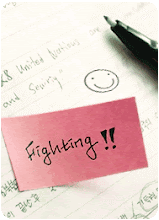A summary of two articles "A computer that can 'read' your mind" and "Ethics and mapping the bran".
The two articles describe the positive sides and negative sides of brain mapping technologies. In "A computer that can 'read' your mind", the author explains the positive effects. For example, a computer model can foretells the brain activation patterns associated with things people experience with their senses. Or in frontal areas associated with planning functions and long-term memory, the work might be used to identify thoughts and could have applications in the study of autism, disorders of thought such as paranoid schizophrenia, and semantic dementias such as Pick's disease. All those positive results show that with correct studies on brain pattern, researchers could analyse human thought processes, which could help a great deal in fighting with brain-related diseases. On the other hand, in the article "Ethics and mapping the brain", negatives effects are explained. Although the brain mapping technology could reveal the contents of a persons memory, predict mental disorders or giftedness, and tell whether a person is lying, there can be a lot more to worry about, mainly on how do we use the technologies. There would be huge problem if those technologies are misused. For example, people might be fired just because of the bad result shown by the technology, without further integation or expalination. And parients might be too eager to check out what's in their childrens' brain, as to predict the children's futhur. Furthurmore, questions like who will be given the right to use the technologies, how and in what condition can we use them, how do we deal with the results from the technologies and so on should be paid great attention.
In conclution, brain mapping technologies surely could bring us a big step forward in understanding the relationship between brain pattern and human thought processes, so furthurmore help us with certain mental diseases. However, what caution us all is that in case these technologies are not properly used, serious consequences could happen, and innocent people may have to bear extra pain. Therefore when brain technologies are put in practise, we must pay great attention about how to use them, and how to deal with the results.
